Your Essential Guide to Planting Tulips - Learn How to Grow Tulips
Tulips are one of the most popular flowers one can find in gardens. The secret to their popularity lies not only in the easy care, but also in the number of interesting types of tulips. The tulip has won Europeans' hearts, but it's worth noting that it can also be found in Africa and Asia. Before you decide on this plant, make sure to check how to plant tulips, how to provide them with the best conditions and how to care for them. We have prepared a complete guide - it might come in handy while growing tulips.

Tulips - what are they and what do they look like?
The tulip (Tulipa L.) is classified as a bulb plant. It’s a perennial from the Liliaceae family. The bulbs it forms are annuals, though. There are many areas where tulips grow naturally - European countries, Kazakhstan, China and Japan. But the Netherlands is considered the capital of tulips.
Although there are many various types of tulips in the world, the build of these plants is always the same. Typically, there is just one flower growing on the stem. It has impressive cup and corolla. Depending on the variety, the flowers are one or multicolored, have different sizes, and the corolla can be plain, pointy or irregular.
There are a few unique types of tulips in the world, with multiple flowers growing on one branching stem.

How to grow tulips - what is the best soil for them?
Tulips are not too demanding plants, so they can grow in most gardens. They need lightweight compost soil. Rich substrate with the pH level of 6.5 - 7.5 makes the best conditions - one can expect the most beautiful blooming. But less fertile soil can be used as well.
Remember that all types of tulips prefer full sun, so make sure that other plants don’t block the light.
The most popular types of tulips
Tulips can be classified in many different ways, so one can distinguish the most popular varieties in each group. The most common types of tulips are included in the following groups:
- early flowering,
- mid flowering,
- late flowering.
Furthermore, one can also distinguish one-colored, multicolored, potted, garden, scented and mountain tulips. Can one mark the most popular plants among such a wide variety? Of course! What’s more, you can find special lists offered by producers and plant growers.
Such a list might contain the following TOP 5 types of tulips:
- Strong Gold - the yellow tulips, one of the most common flowers one can find on perennial flowerbeds but also inside the house in a vase. They are distinctive for their large delicate matte petals. They bloom pretty early. Depending on the weather, one can expect to see the beautiful flowers in mid-April.
- Reputation - it’s a unique tulip that has characteristic petals - with yellow rims. This variety has replaced other highly popular types of tulip - Leen van der Mark.
- Rococo - a type of parrot tulips. It gained its popularity thanks to the non-standard shape of flowers. The petals are very irregular with many bumps and sometimes jagged rims. The color of those parrot tulips is also very characteristic. The petals have a very saturated shade of red with a little bit of green. The tulip looks perfect in combination with other simple plants, e.g. classic roses or delicate freesias.
- Hermitage - very hardy tulips, perfect for flowerbeds that cannot be protected against strong gusts of wind. They have a characteristic thick stem and beautiful, large and full flowers. Many people notice the colors of the petals with a few shades diffused - it looks incredible.
- Inzell - white tulips that are particularly popular in central Europe. Depending on weather conditions, they bloom as early as May. They make a perfect decoration opening the weddings season. The flowers of these tulips are very delicate, and their shape is simple. For this reason, they are great complementary flowers to more impressive plants.
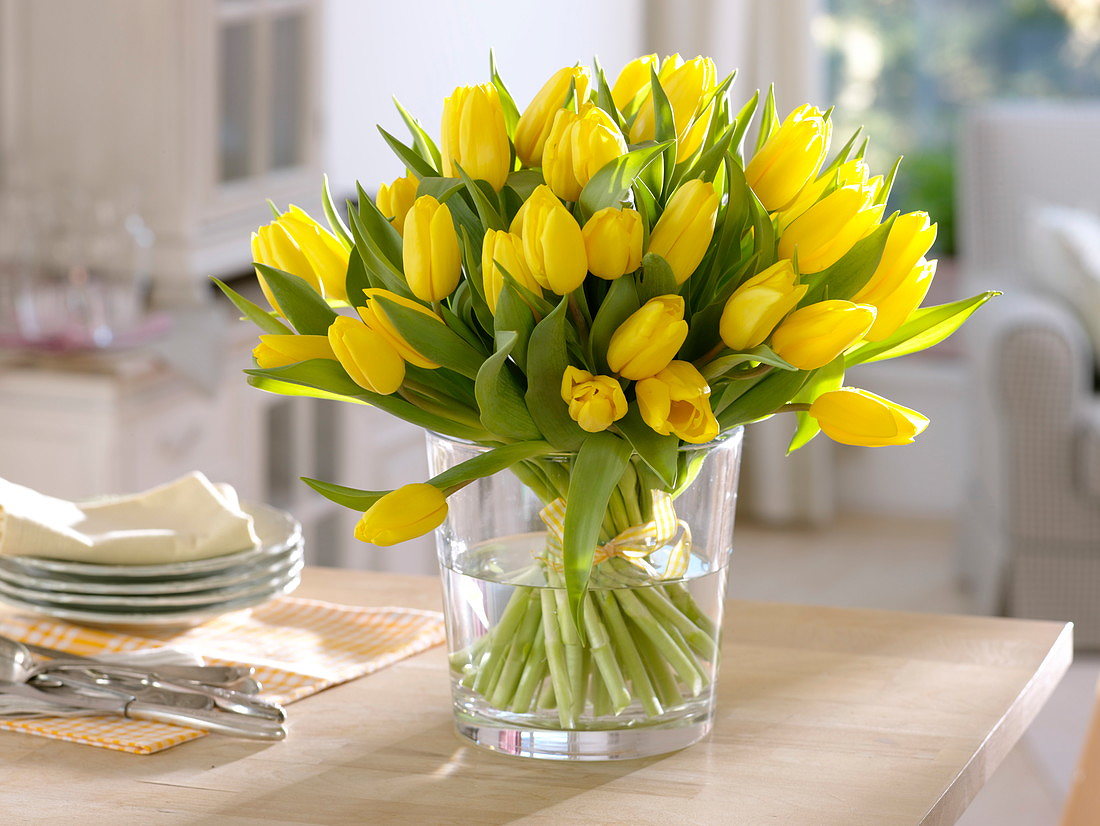

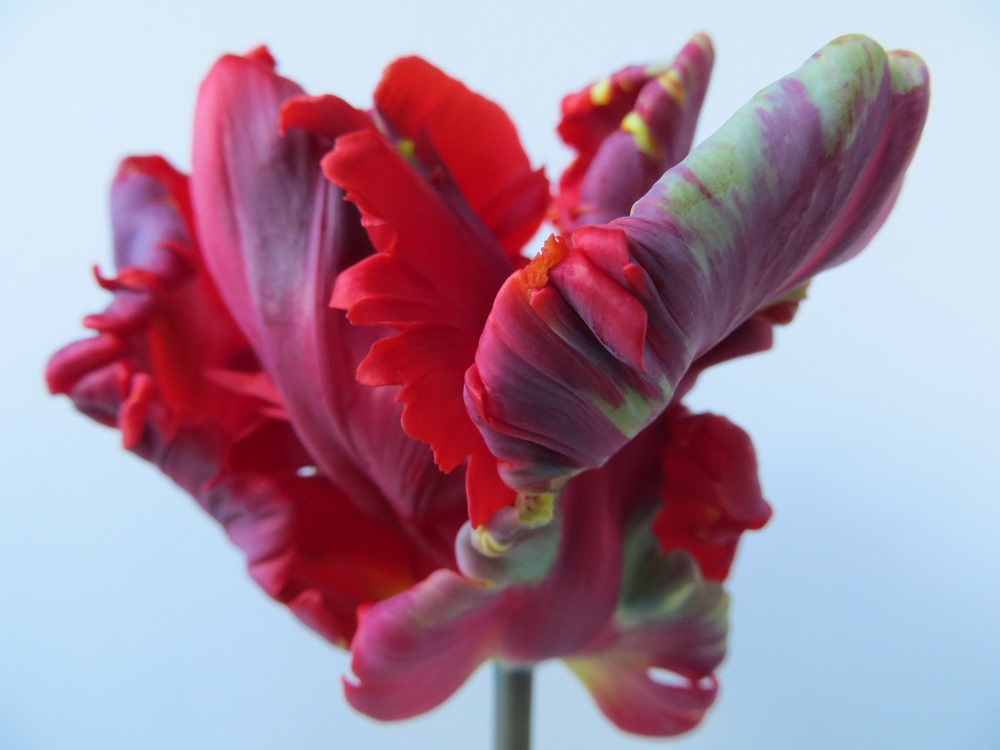

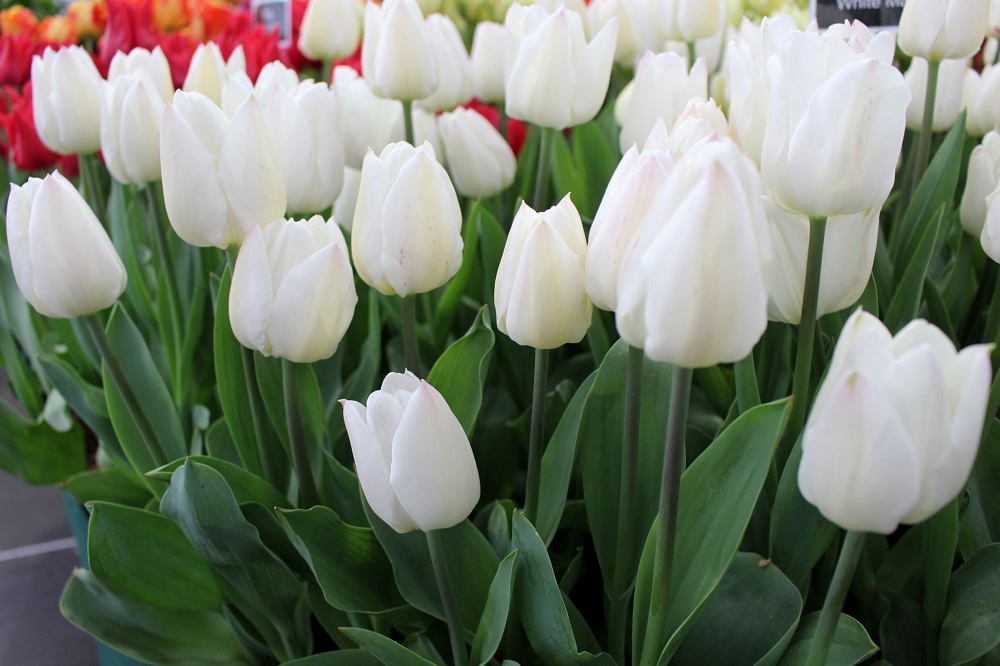
When to plant tulips?
Planting tulips looks similar for most types and it should be done in autumn. But as stressed by experts, the best time to plant tulips is between September and October - although a lot depends on weather conditions. If you notice a significant temperature drop in September, it’s better to plant tulips earlier, before the first freezes.
Don’t plant your tulips if the temperature of the soil is low. 15-16°C (59-60.8 F) is the minimum.
How to plant tulips?
So, you have never before handled these plants and wonder how to plant tulips? This is the easiest part, so don’t worry. Just pick the right spot, dig up 20 cm (8 inches) deep holes, put the bulbs inside and cover them up.
Tulip flowers look best if they form rows on the flowerbeds. Keep that in mind when planting them. Make sure to keep appropriate spacing between the plants. They shouldn’t grow closer to each other than 10 cm (4 inches).
If you had any pests in your garden in the past, think of a solution to protect the bulbs. It’s nothing complicated - just pour some gravel to the hole in the ground.
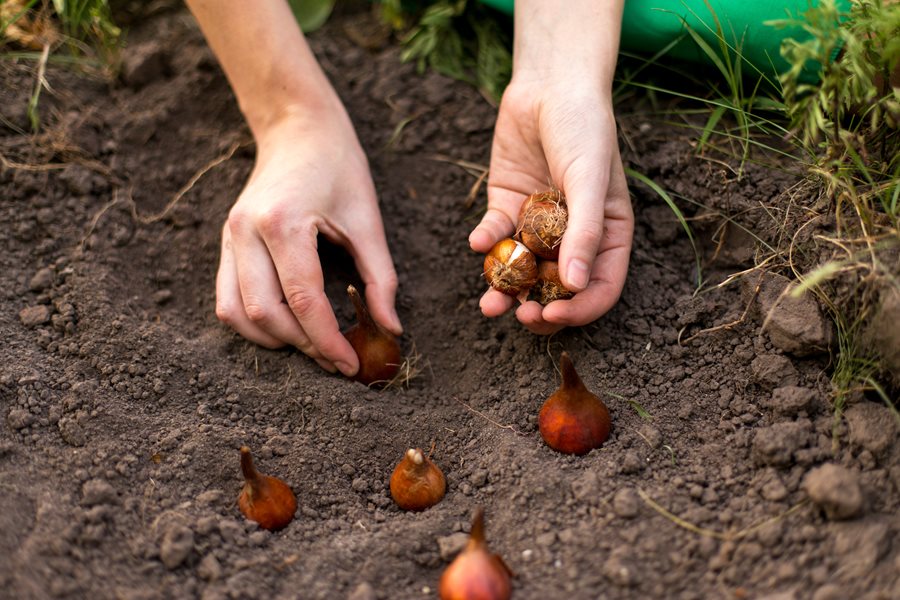
How to care for tulips?
The tulip is not a very problematic plant to care for, but one has to remember about several basic measures. Regular watering is the essential, in this case, especially if the temperatures are hot.
It’s highly important to know what to do with tulips after they bloom. One has to remove the decayed flowers. Under no circumstance do anything with the stems and leaves. They have to dry off naturally. As they do, it’s a sign that you can dig the bulbs up and store them until replanting.
Tulips care - do they need a special fertilizer?
Tulips bloom for a relatively short time. For this reason, many people wonder if fertilizing makes any sense. As it turns out, it’s the absolute essential, thanks to which the bulbs last for a long time. A properly “nourished” plant gets strengthened before the intense blooming season. So, special products increase the chance that the bulb survives storing after digging it up.
There is also another, very important question - what fertilizer to use so that the tulips are nourished without any harm? If you have no experience in this matter, pick store-bought products, rich in potassium, nitrogen and phosphorus. You can purchase them both in physical and online stores - the latter often offer more attractive prices.
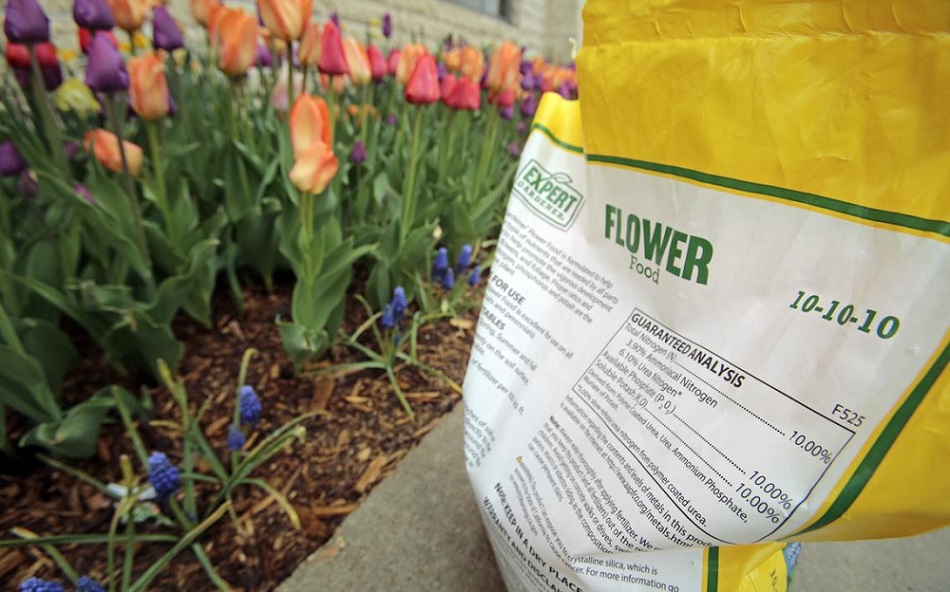
Growing tulips - how to propagate tulips?
Tulips propagation is a very simple process. It’s done by bulbs division. As the tulips flower, the planted bulbs produce daughter bulbs, also referred to as offsets. After the plants finish blooming and are dug out of the ground, they are divided and left to dry. This way, they are ready for planting or selling.
Where can I buy tulip bulbs?
Ready-to-plant tulip bulbs can be purchased in every gardening store. Everything depends on the types of tulips you want. The most popular ones are available even in supermarkets in a plants section.
If you want to have unique tulip flowers in your garden, you can search for them on the Web. Many professional plant growers offer their products there. Keep in mind, though, that if you pick less standard varieties, you might have to pay more.
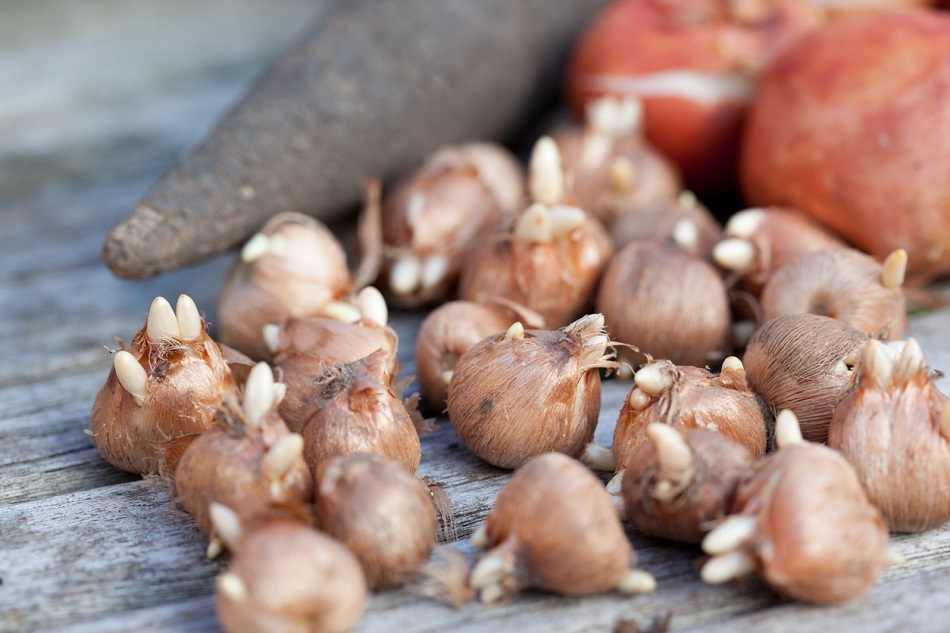
How to care tulips in winter?
Tulips overwinter in the ground where they were planted in autumn. One cannot talk about any kind of treatment, here. If winter is exceptionally cold and low, sub-zero temperatures prevail for a long time, you may decide to cover the spot where the tulips are planted. This way you can be sure that they won’t freeze.
What are the most common tulip diseases?
Botrytis is the biggest threat that might affect tulips and other spring plants. It can cause the whole plant to wither. Preventive measures - spraying with anti-fungal products - are the most important here.
Fusarium wilt is also dangerous. You can recognize it by yellowing and loss of flexibility of the leaves. This disease cannot really be prevented, as infected bulbs are one of the common causes.
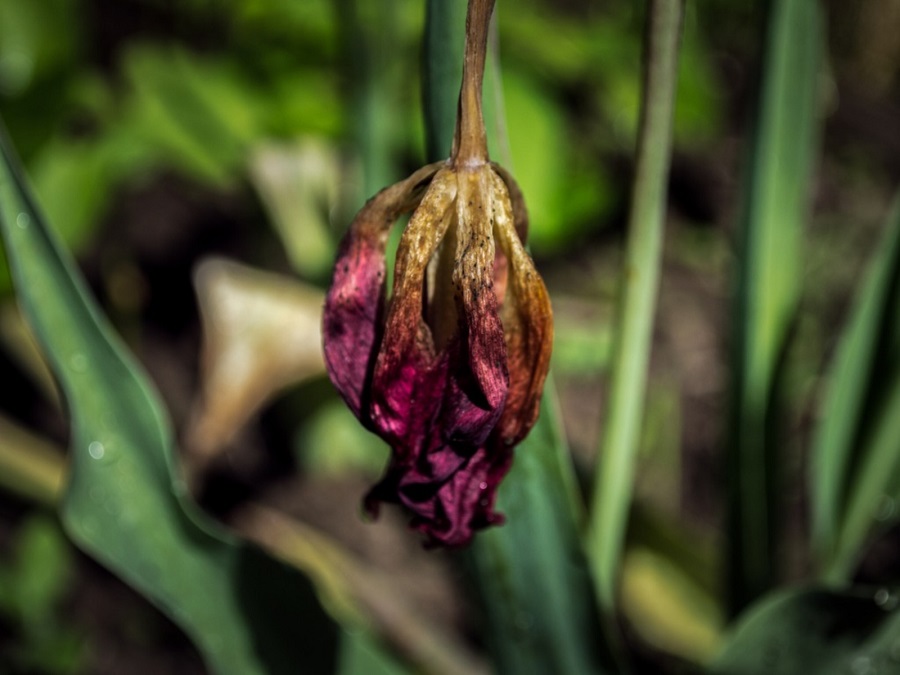
📍 When to plant tulips so that they bloom during Easter?
If you want the tulips to bloom in spring, you have to plant them in autumn. The timespan between the beginning of September and mid-October is the best time to plant tulips. Everything depends on the weather, as the plants should be able to take root before first freezes. If the temperature drops rapidly, begin planting tulips earlier.
📍 What is the best time to plant tulips?
Regardless of the type, tulips should be planted in autumn. Early or late blooming depends not on the time of planting, but on the species and classification of the plants.
📍 What is the latest time you can plant tulips?
Tulips can be planted until the soil temperature is over 16°C (60.8 F). This way, the ground provides conditions allowing the tulips to take root.
Featured articles




